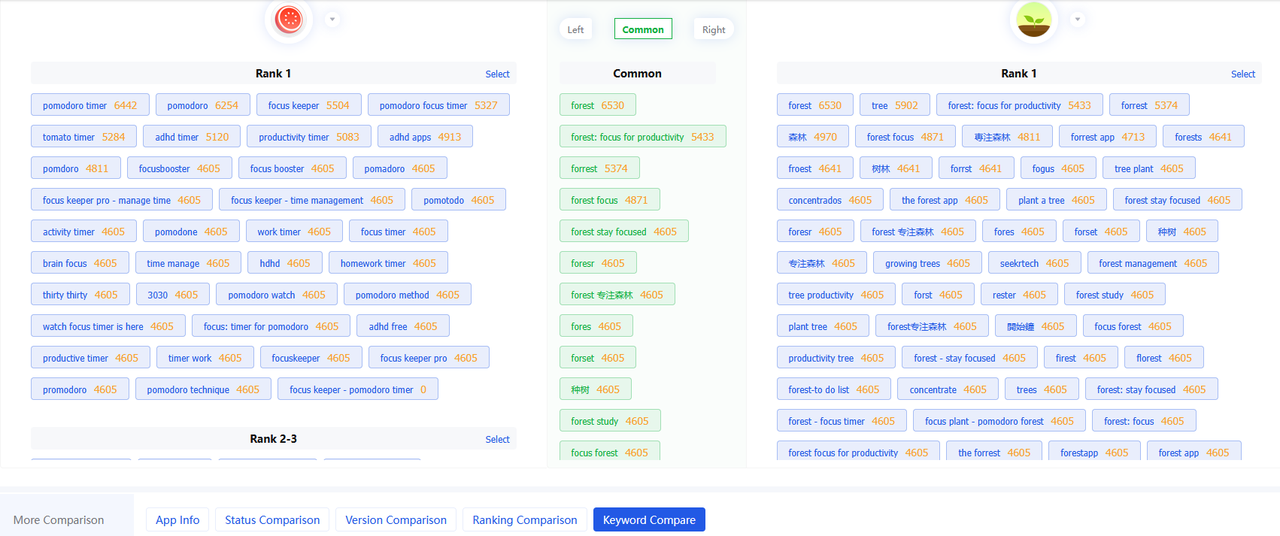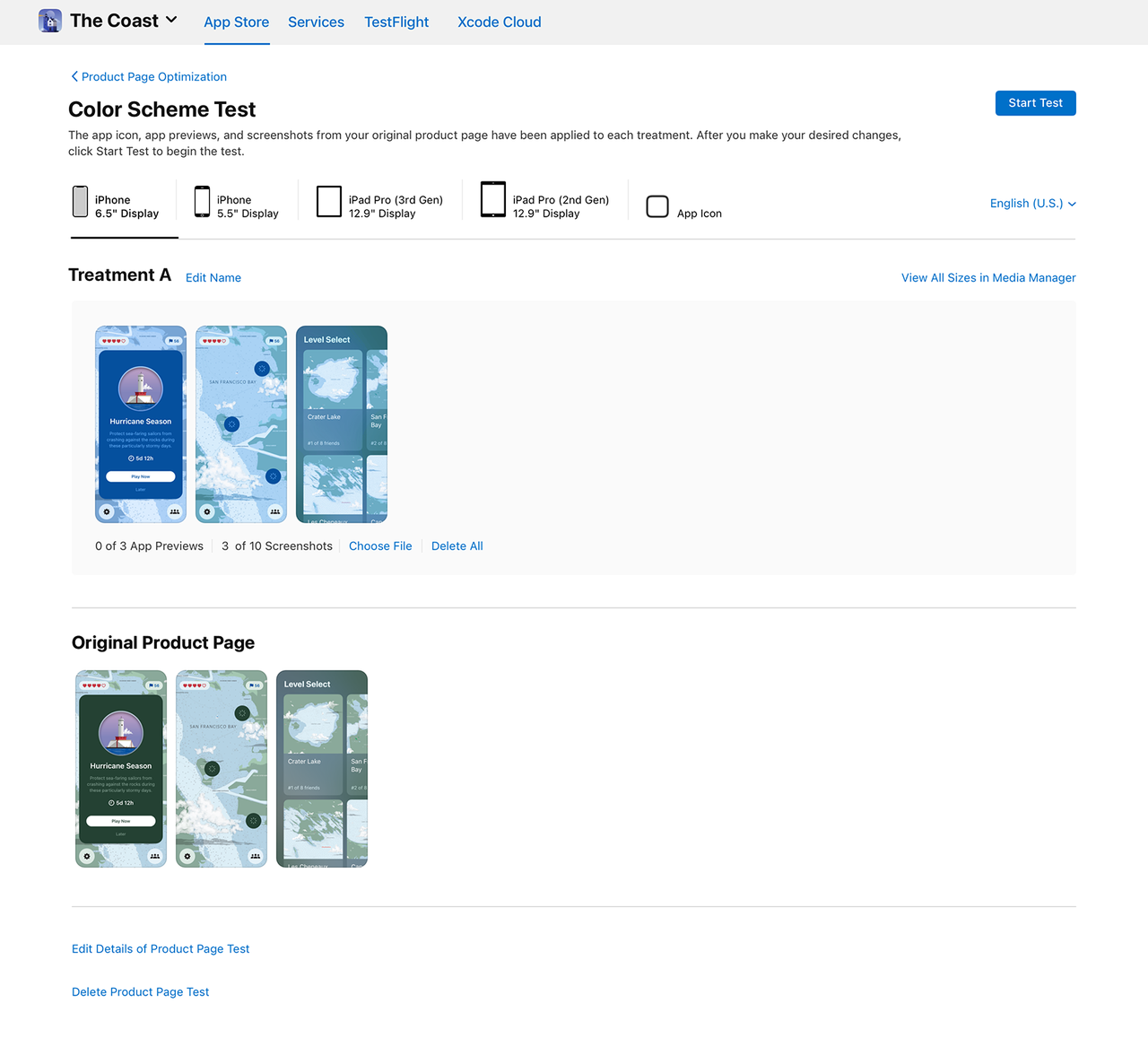
Loading...
Free consultation with ASO specialists
Doing ASO for the first time or have no idea how to carry out targeted optimization of your app?
We offer one-on-one customized services provided by app marketing specialists
How to build an impenetrable ASO keyword defense system for your app?
2025-10-23

Introduction: The Importance of ASO Keyword Defense System
In today's fiercely competitive app market, building an impregnable ASO (App Store Optimization) keyword defense system is no longer optional—it has become an essential requirement for the survival of your app. ASO enhances organic downloads by optimizing how your app is presented in the store, and keywords are its heart and soul. They directly determine whether users can find you amidst the vast sea of apps. Simply put, this is a comprehensive ASO strategy that combines offense and defense: optimizing yourself to compete for rankings while monitoring external factors to solidify your advantages.
Core Strategies for Building an ASO Keyword Defense System
Comprehensive keyword research and analysis: pinpoint your strategic locations
In-depth keyword research is the cornerstone of building any defense. The goal is to create a keyword library that combines breadth and depth, covering all fronts from high-traffic head terms to precise long-tail keywords.
-
List candidate keywords: Brainstorm based on core features, target user scenarios, and solutions. For example, a photo editing app might list "photo retouching," "beautification," "filters," and "image manipulation."
-
Use ASO tools for data mining: Utilize professional ASO tools (such as UPUP, etc.) to obtain keyword search volumes, competition indexes, and related keyword recommendations. These tools can provide data-driven insights, helping to identify high-potential long-tail keywords and overlooked search opportunities, transforming intuition into data-driven decisions.
-
Analyze competitor keywords: Research which keywords the top five competitors are using. This not only helps identify gaps but also provides insights into industry standard practices. However, avoid simply copying them; instead, look for opportunities to differentiate yourself.

-
Gain insights into user search intent: Distinguish between "What I want" and "How I should do it." Users searching for "free games" with the intention of saving money have completely different motivations from those searching for "strategy game rankings" in search of high-quality titles. Matching intent is the first step to improving subsequent conversion rates.
Through the above steps, you have drawn a detailed "strategic map," clearly identifying which are the core strongholds that must be heavily fortified and which are niche markets worth penetrating.
Keyword Layout and Metadata Optimization: Building Your Defensive Fortifications
After selecting the keywords, you need to precisely deploy them into the app's metadata, creating a solid "keyword moat."
-
App name: The position with the highest weight. Be sure to incorporate the core brand term and the most essential functional keywords. For example, "PicPlus - Photo Editing & Video Editing" clearly conveys the brand and its two core functions within 30 characters.
-
Subtitle/Short description: This is the second most important strategic location. It is used to supplement secondary core keywords and highlight unique selling points.
-
Keyword field (Apple App Store only): Enter highly relevant, high-potential keywords within 100 characters, avoiding repetition and unrelated trending terms.
-
App description: It is key to influencing users' download decisions (conversion rate). The first few sentences must grab attention and naturally incorporate core keywords. The entire description should be logically clear, highlight selling points, and list core features using bullet points, allowing users to quickly perceive the value.
-
icon: The design of icons should follow the principles of simplicity, prominence, and memorability, avoiding overly complex details. Conducting A/B testing of icons before official release is an effective method to verify their attractiveness.
-
Screenshot/Video: It shouldn't just be about interface presentation, but rather a dynamic advertisement of features and value. Adding engaging copy annotations to screenshots, such as "One-click AI cutout" and "Speed adjustment feature essential for vlogs," directly addresses the user needs behind the keywords and can significantly boost conversion rates.
Not sure how to effectively layout keywords? AppFast's professional team will, based on your app category and target market, provide you with a freeCustomize your own keyword library, ensuring that each character delivers maximum value.
Monitoring and Maintenance: Dynamic Patrol and Emergency Response
A defense system is never a one-time fix. As the market changes and competitors evolve, you need to establish a continuous monitoring and response mechanism.
-
Ranking Monitoring and Data Analysis: Closely monitor the ranking fluctuations of target keywords. At the same time, conduct an in-depth analysis of exposure, click-through rate, and conversion rate data from the store backend. If you notice that the term "AI photo editing" has high exposure but low conversion rates, it's crucial to urgently optimize the screenshots or descriptions associated with this keyword, ensuring that the content matches the promises made.
-
Competitor Dynamics Monitoring: Regularly check whether competitors have updated their metadata, launched new versions, or introduced promotions. It is essential to closely monitor three types of competitors: keyword additions and ranking changes of direct competitors, functional keyword layouts of indirect competitors, and traffic acquisition strategies of cross-industry apps. When a competitor's rankings for core keywords improve significantly, you should promptly adjust your own strategy.
-
"Maintenance Strategy" for Ranking Stability: Keyword rankings are not static; Apple's algorithm dynamically adjusts them based on user behavior data such as download volume and retention rates. To maintain rankings, it's necessary to establish a mechanism of "daily fine-tuning + version sprint": use ASO tools to check core keyword rankings daily, optimize 1-2 underperforming keywords weekly, and focus on boosting target keyword rankings three days before each version update, leveraging the update's weighting to achieve breakthroughs.
-
Value reinforcement: The most fundamental defense is to enhance product value and conversion capabilities. Optimize icons and screenshots through A/B testing, highlight unique features in metadata that competitors lack, fundamentally improve traffic utilization efficiency, and make the algorithm perceive your app as more popular among users, thereby boosting its ranking.

Passive Counterattack: Dealing with Sudden Traffic Crises
-
"Emergency Plan" for a Sharp Drop in Rankings
When the core keyword's ranking drops by more than 100 places within 24 hours, you should immediately perform a two-step troubleshooting: first, check whether the keyword has been demoted; second, investigate competitor activities to determine if you have been subjected to malicious optimization attacks. After identifying the cause, implement the appropriate emergency measures.
-
"Defensive measures" against malicious keyword hijacking
When competitors steal brand terms or core feature words, you need to respond based on the specific situation: If they directly use trademark terms, you can submit a trademark proof complaint according to Apple's review rules; if they use "similar features + brand name variations," counterattack by enhancing the relevance of your own metadata.
It is equally important to establish a monitoring list of negative keywords, promptly blocking negative association words such as "spam" and "invalid" to prevent algorithmic misjudgments from affecting overall weight.
Call to action: Start now and build your traffic moat.
Building a robust ASO keyword defense system is a key strategy for gaining sustained traffic in the highly competitive app market. AppFast's professional ASO service team has extensive practical experience and has helped over 50,000 apps achieve significant improvements in keyword rankings.
We have prepared a complete ASO optimization solution for you:
-
Core Keyword Ranking Guarantee Service: Ensure that your core business keywords consistently rank at the top.
-
Customized keyword library building: Precise keyword selection based on your product characteristics and target users
-
End-to-end metadata optimization: Enhancing comprehensive optimization recommendations from names and descriptions to screenshots
Related recommendations

